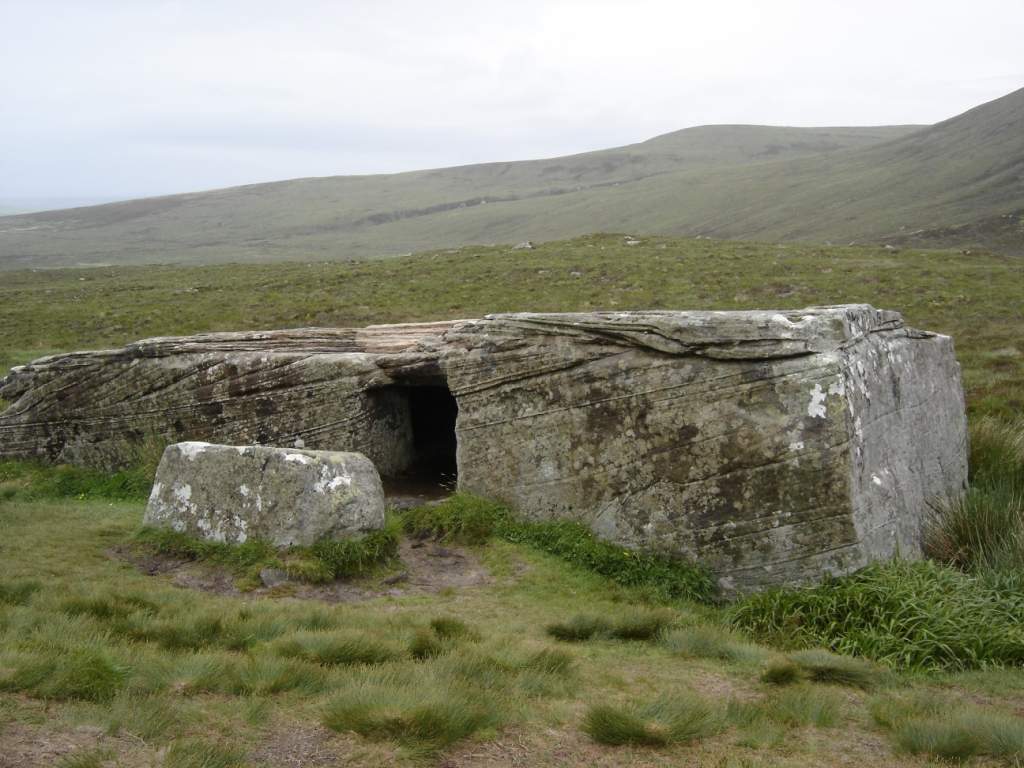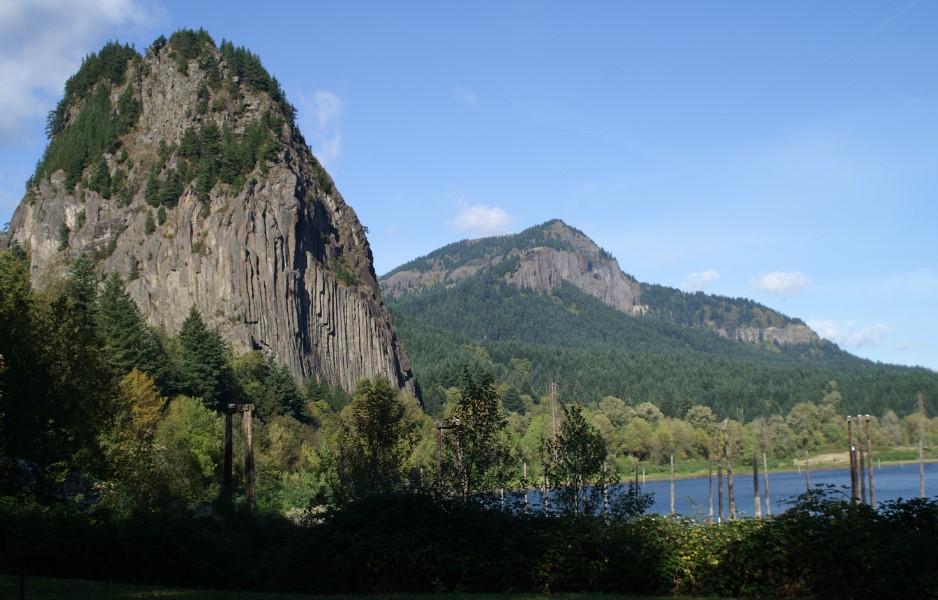The Dwarfie Stane is an ancient structure on the Scottish Island of Hoy in Orkey. It is a source of great fascination for historians and archaeologists. The Dwarfie Stane is a megalithic chambered tomb formed out of a massive block of Devonian Old Red Sandstone. The name comes from a local myth that a dwarf by the name of Trollid resided there; paradoxically, however, giants have also been credited with creating the tomb. This amazing Neolithic structure is approximately 5,000 years old.
This chambered tomb was excavated from a big block of sandstone and consists of two chambers connected by a narrow tunnel. A hole in the chamber’s ceiling indicates that the tomb has been looted. Although the exact moment of this incident is unknown, by the 16th century, people had noticed the roof hole. In the 1950s or 1960s, concrete was used to patch the hole.
Despite significant research and speculation, the true purpose of the Dwarfie Stane remains unknown. Despite its distinctive design, its layout is compatible with the Orkney-Cromarty class of chambered tombs found throughout Orkney. According to R. Castleden, the Dwarfie Stane rock-cut tomb” was “tested once and deemed to be unsatisfactory,” maybe because of its hardness.
The stone is up to 2.5 meters in height, 4 meters in width, and 8.6 meters in length. The west face of the rock has a 1-meter-square opening that serves as the entrance. Two side chambers are 1.7 meters by 1 meter, and there is a 2.2-meter-long hallway inside the tomb. The side cells and the passage have a height of one meter each. Yes, the inner end of the southern cell features an uncut rock “cushion.”
Several theories have been suggested over the years, each with a unique take on its relevance. One theory holds that it acted as a burial chamber, providing a last resting place for the departed.
Another theory is that ancient peoples used it as a place to live or shelter, providing refuge from the weather. According to some academics, it might have served as a location for ceremonies or meetings and may have had ceremonial or religious purposes. It is unlike anything else in northern Europe, resembling the Bronze Age or Neolithic tombs found throughout the Mediterranean region. The 1821 publication of Walter Scott’s novel The Pirate helped to popularize its existence.
The Dwarfie Stane’s isolation on Hoy Island contributes to its allure. The site is located in the middle of Orkney’s rocky topography, making it difficult for ancient peoples to reach. This begs the issue of why they picked this specific spot for such a massive enterprise.
Read More: The White Desert of Egypt








